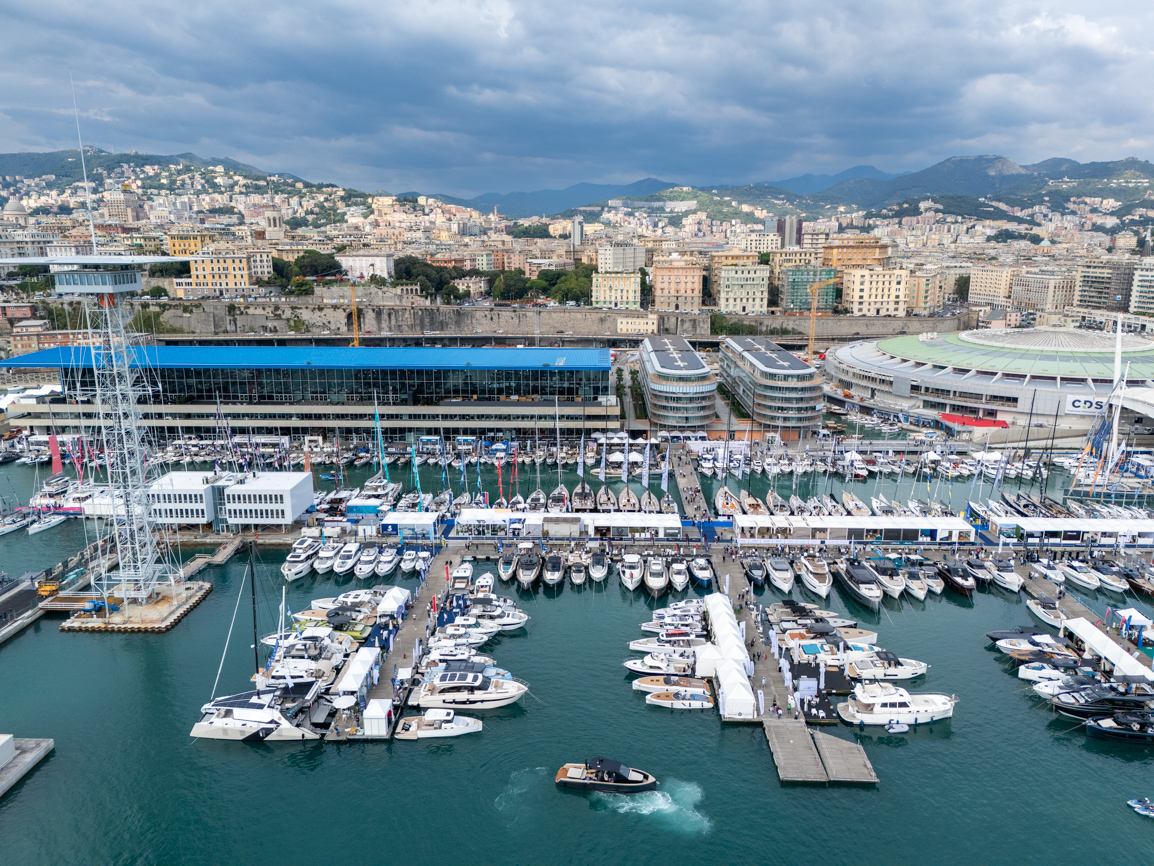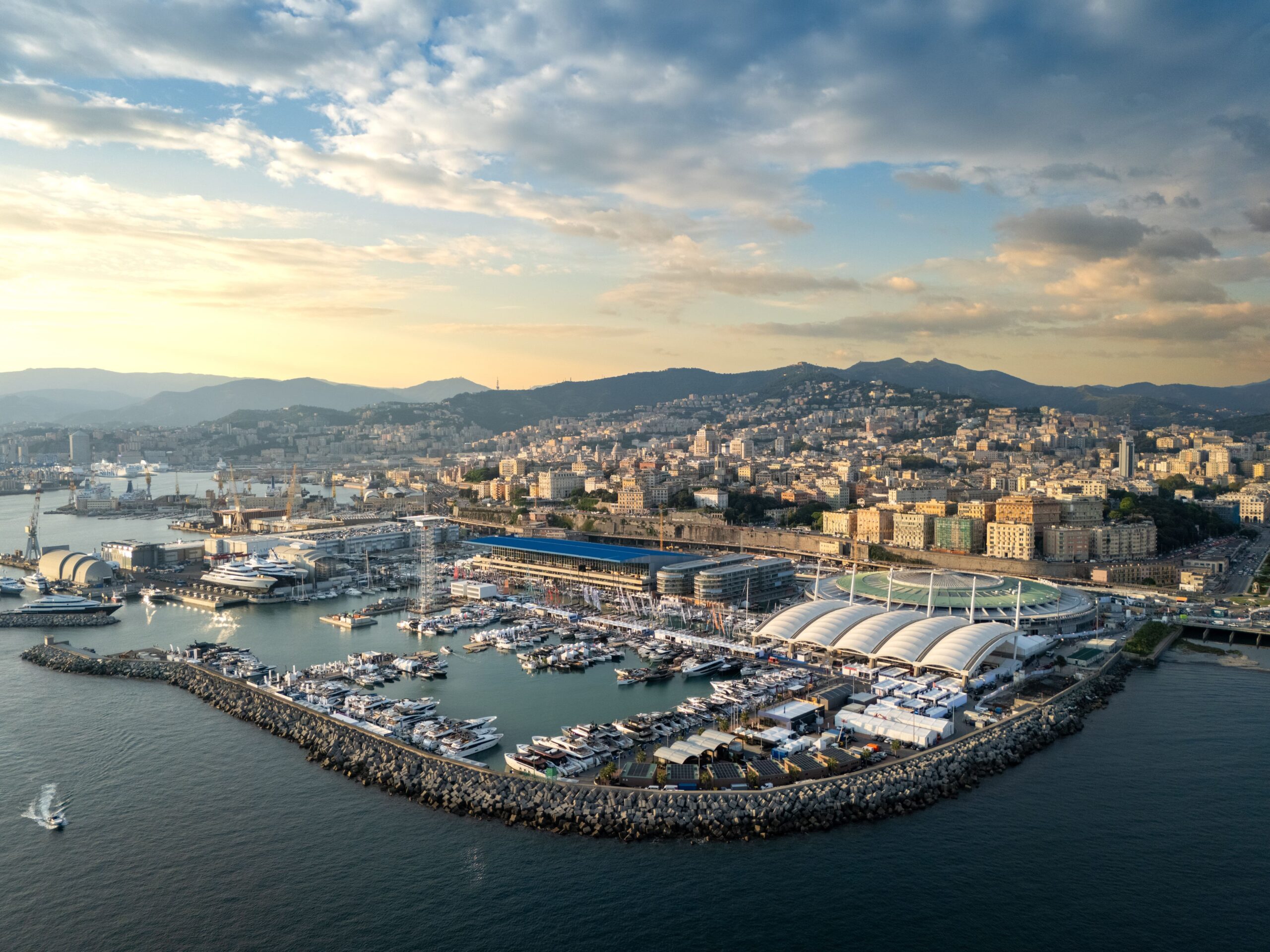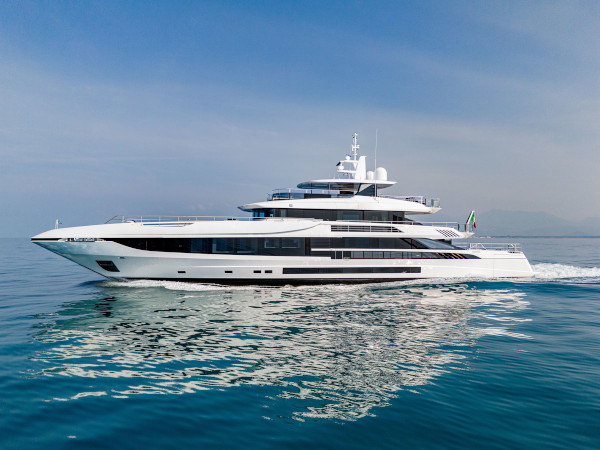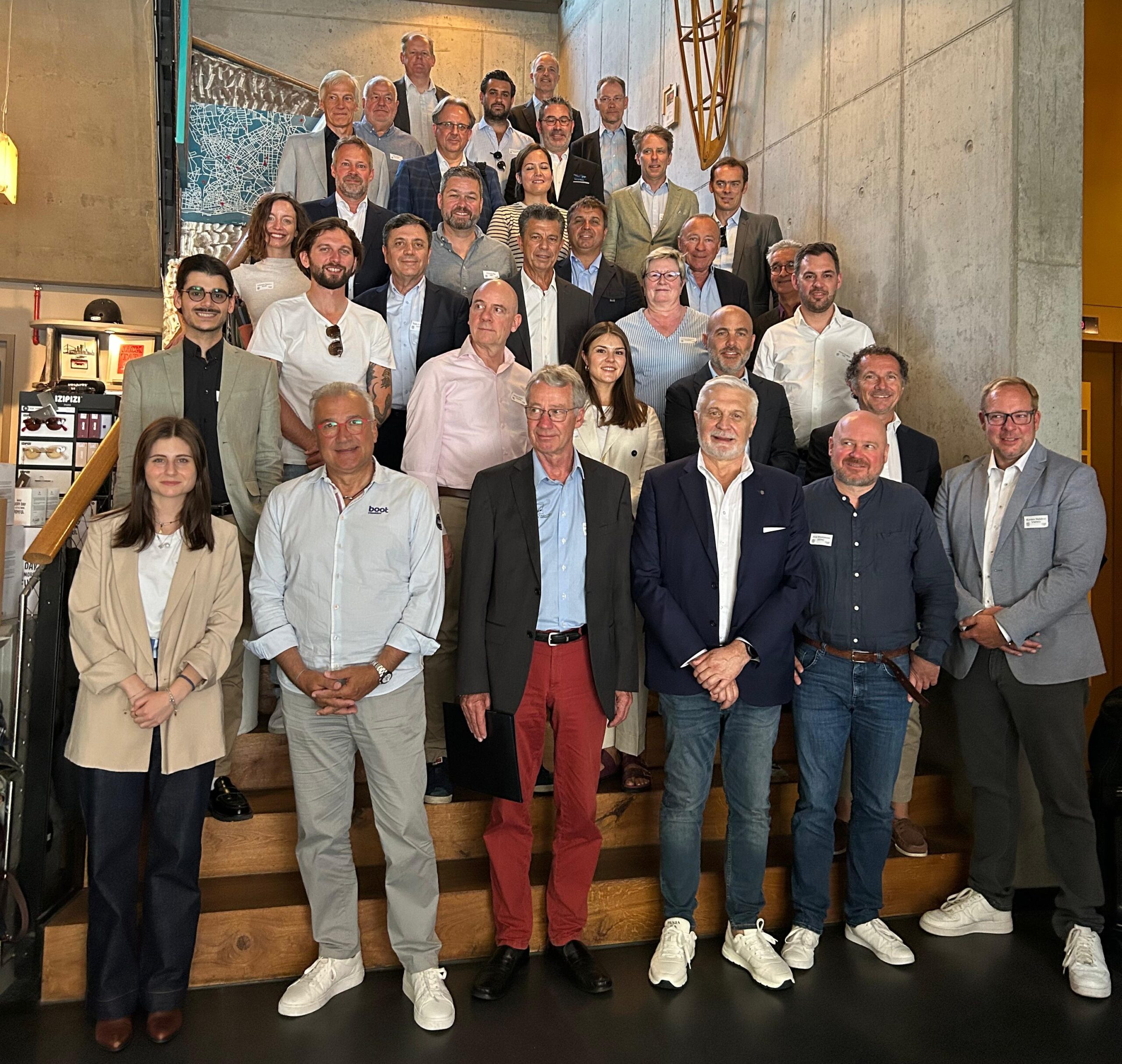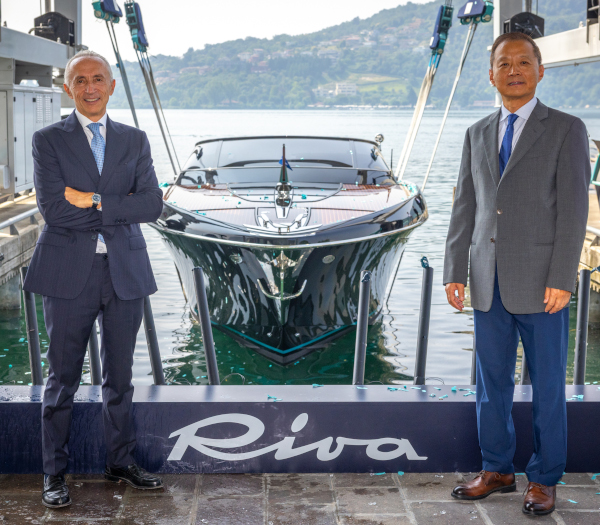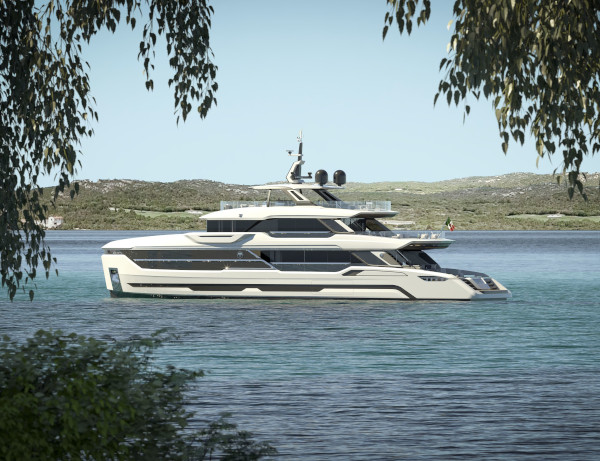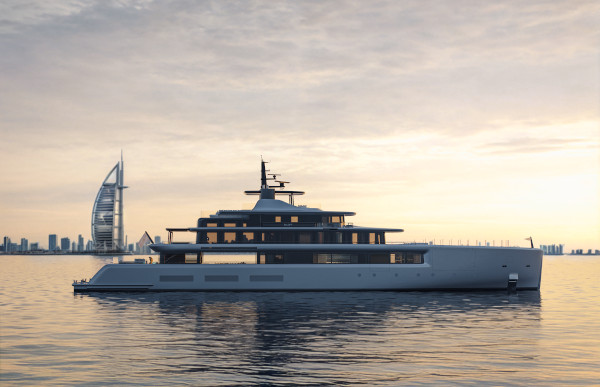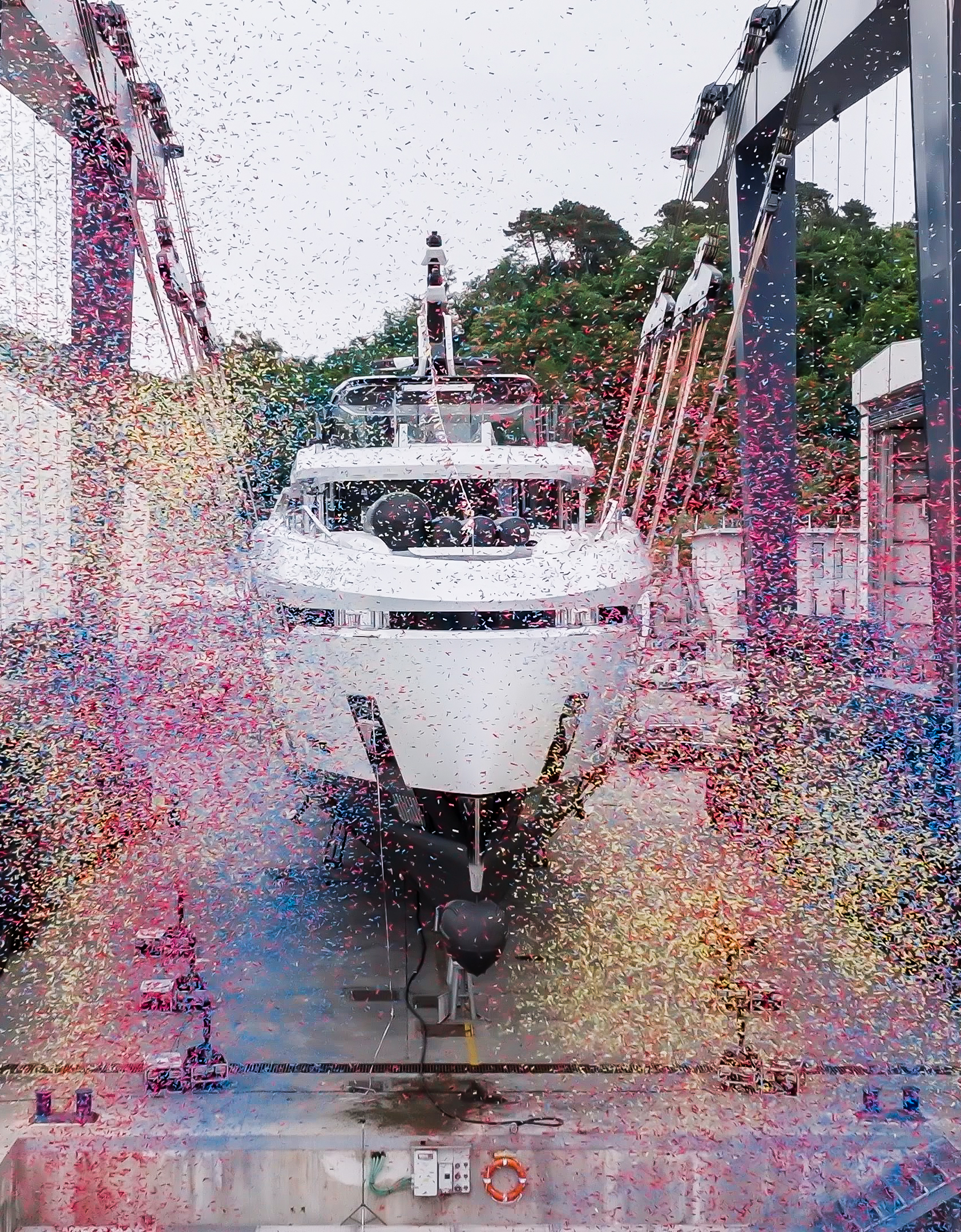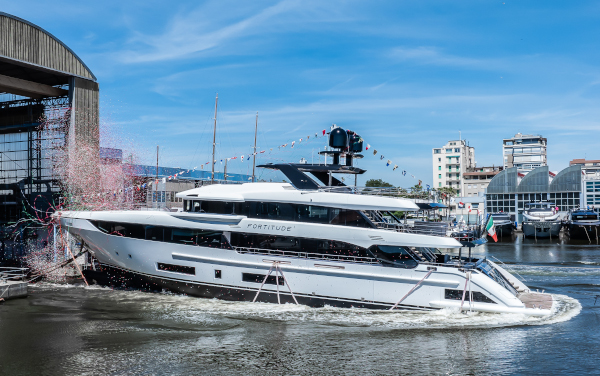THE LATEST MARKET DATA WAS PRESENTED TO THE WORLD DURING THE BOATING ECONOMIC FORECAST
THE ITALIAN YACHTING SECTOR IS BACK ON TRACK THANKS TO INTERNATIONAL DEMAND AND DOMESTIC INTEREST
+12% IN 2019, EXPORT ON THE RISE, ITALY SECOND LARGEST EXPORTER IN THE WORLD
LEASING AND THE 60th GENOA INTERNATIONAL BOAT SHOW ARE ESSENTIAL TO DEVELOPING THE MARKET
The second day of the 60th Genoa International Boat Show opened with the traditional Boating Economic Forecast, this year dedicated to the Resilience of the Yachting Industry. Which scenarios await the yachting sector in the age of the new normal?, organised by the Italian Marine Industry Association’s Market Analysis Department, with the Edison Foundation, the Italian Leasing Association and EBI – European Boating Industry.
Speakers included Saverio Cecchi, President of the Italian Marine Industry Association, Carlo Mescieri, President of the Italian Leasing Association, Marco Fortis, Vice President of the Edison Foundation – Cattolica University, Francesco Tilli, Chief External Relations Officer for SIMEST, and Philip Easthill, Secretary General of EBI – European Boating Industry. Moderating the event was Stefano Pagani Isnardi, Managing Director of the Italian Marine Industry Association’s Market Analysis Department.
Yachting in Figures, the book published by the Italian Marine Industry Association, under the patronage of the Italian Ministry for Infrastructure and Transport, now at its 41st edition, has been transformed from an annual statistics report into a series. “With the entry of Monitor, the preliminary report published halfway through the boating year, the historical autumnal publication has now taken on the title LOG. – explained Stefano Pagani Isnardi – Just like a log indicated a boat’s speed, LOG will show the yachting industry’s market trend, accurately analysing the data as a whole, in this case with the data from the end of 2019”.
+17%, +19%, +13%, +10%, +12%: this shows the incredible growth sustained by the yachting industry over the past five years. 2019 also closed with a double-figure increase, bringing the sector’s revenue to 4.78 billion euros (+12% compared to 2018), almost double since the lower numbers in 2013/2014 and greater than predictions made in February.
Employment is also on the rise (for a total of 23,510, +5.4% compared to 2018, part of the over 180,000 employed throughout the supply chain), as is the industry’s contribution to Italy’s GDP (2.22‰, up 11.9% from the previous year). The revenue is divided up as follows: 64.4% shipbuilding, 27% equipment and 8.6% motors.
Carlo Mescieri, President of the Italian Leasing Association: “In 2020 all leasing and long-term charter sectors have a negative sign in front of them, just like out country’s GDP, contracts are down 25%. All sectors are negative except for the nautical sector which, in the first nine months of 2020, has already reached the same volumes of 2019 (+30%). This is an important sign for the Government, called to regulate the new tax regime in nautical leasing.
As for trends, what stands out is how direct contracts with individuals are on the rise while those with charter companies are dropping, another aspect that derives from an unattractive tax system, something that should make those deciding public policy think.
With regards to distribution across the territory, if at first the North was dominating the market, now the South, and the Islands Sicily and Sardinia, are rapidly increasing their market share (+30%) favoured by infrastructure investment policies in Southern regions. This way nautical leasing is contributing to the objective of establishing “territorial cohesion”, set by the Government as part of its key interventions, with regards to the Recovery Fund”.
Saverio Cecchi: “As our colleague Mescieri mentioned, we are 19 days from the deadline on 1st November to define the country’s new tax rules. This is a challenge for a country that gains just under 75 million euros from leasing in terms of VAT every year, which could end up going to other EU countries. For now all the leasing contracts that will be signed up until 30th October will benefit from current regulations, thanks to the provisions implemented by the Italian Revenue Agency on 30th September”.
Prof. Marco Fortis illustrated the foreign trade framework where Italian recreational yachts remain within the top ten products – for a total value of over a billion – in which export has grown significantly over the past twenty years, reaching ninth place overall.
The Istat and ITC-UN Comtrade data elaborated by the Edison Foundation put Italy in second place worldwide for exports in 2019 in terms of the boating market, with 2.6 billion dollars, a 15% slice of the world export market, growing 19.6% from 2018. As for commercial value in the shipbuilding sector, Italy takes the gold with a total value of 2.2 billion dollars.
As for the main foreign markets, the USA is first with 15.9% of exports from Italy of recreational units, for an overall value of 386 million dollars.
Coming out of the yachting year (which ended on 31st August), we can see a significantly varied series of revenue trends: 11.5% of the sample estimates a reduction in growth of over 15%, 17.9% of up to 15%, 21.7% predict a substantial stability, 32.6% a reduction in revenue of up to 15% and 16.3% estimate a greater reduction.
the Italian Marine Industry Association’s Market Analysis Department carried out a survey with a large sample of Association member companies representing Italy’s nautical sector to evaluate the 2020 trend.
Compared to the estimates made during the lockdown period, which predicted a drop in revenue of at least -13%, this distribution provides a stronger variety with regards to the health crisis’ impact on our companies. It is therefore still possible that the solar year 2020 will end with the industry overall doing better than expected.
The period between the Genoa International Boat Show and that of Düsseldorf in January, with the stock orders for the next season and new orders for the large yacht segment, will therefore be essential in determining the final trend for 2020, and for creating the foundations for next season. The survey also shows a much greater sense of optimism for 2021: 8 companies out of 10 view next year as a year of revenue stability or growth.
Within this framework, the role of the 60th Genoa International Boat Show is highly strategic in developing the market which will find in the Ligurian capital the necessary drive to give operators faith and buyers enthusiasm.
A similar situation can be seen on a European scale, as confirmed by Philip Easthill, Secretary General of EBI, the association that represents the European Boating Industry, where the crisis’ impact on the tourist season was less negative than was feared and interest has been growing in recreational boating activities, including on behalf of new users.
Francesco Tilli, Chief External Relations Officer for SIMEST, illustrated a number of new tools available to companies to help in these uncertain times. “It was essential – he stated – that we adapted our available tools to these new times. Tools that have a long history but which have now been adapted to companies’ needs, to help them develop, strengthen and digitalise their activities.
Furthermore, the decree issued in August, which just needs to be implemented, expressly includes support measures for trade fair bodies, with the aim to support and relaunch companies”.
Closing the event was Marco Fortis, focusing on the future, stating that: “Currently the scenarios remain uncertain. Estimates are continuously re-evaluated. The pandemic is still an unknown quantity.
From 2015 to 2018, and for a portion of 2019, we witnessed a key modernising phase, Industry 4.0. As the pandemic hit our exports were the last to deal with the new reality. We can boast a very competitive system ever more focused on innovation, including with regards to small and medium businesses. Our businesses are in pole position for as soon as the international market recovers.
The real challenge over the next few years will be the development of the entire economic fabric as a whole, along with the digitalisation and modernisation of our public administration”.
Genoa, 2nd October 2020


